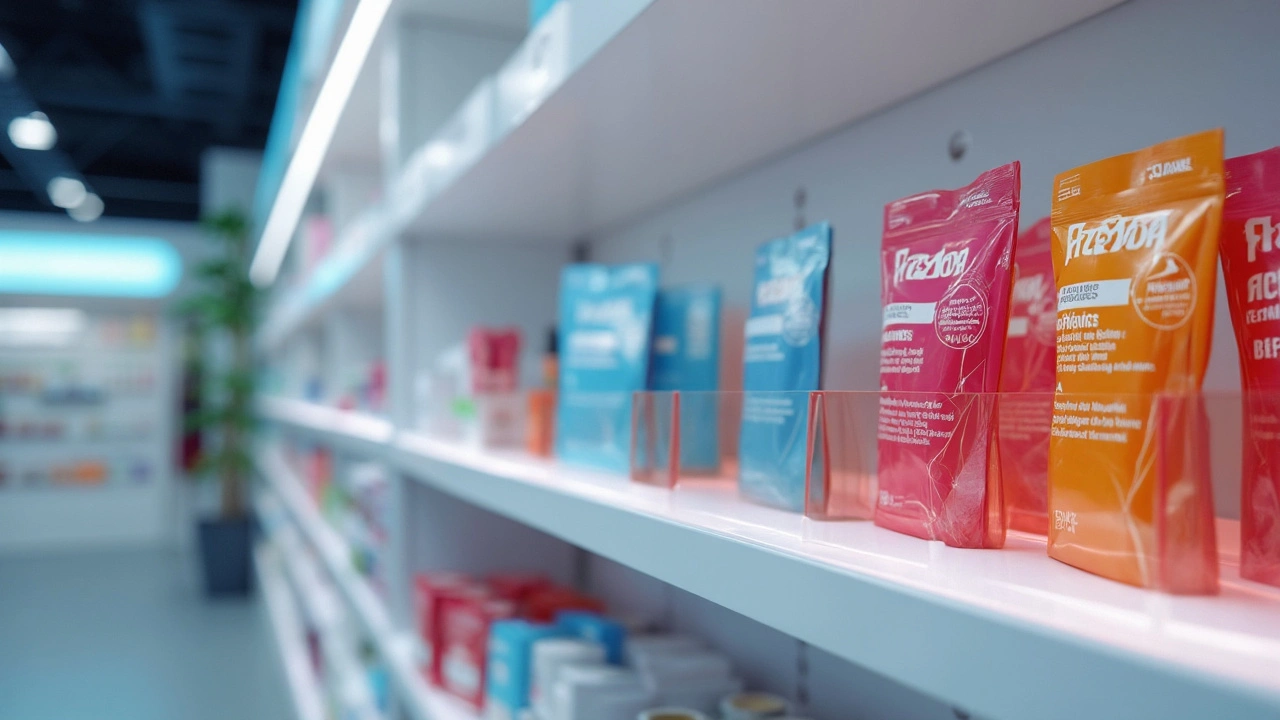Fexofenadine Alternatives – Your Guide to Non‑Drowsy Allergy Relief
If you’ve tried fexofenadine and still feel sniffles or itchy eyes, you’re not alone. Many people need a different antihistamine because of cost, personal response, or a rare side effect. Below you’ll find practical reasons to look for an alternative and a short list of the most reliable swaps that work without making you drowsy.
Why Consider an Alternative?
Fexofenadine is a solid choice for many, but it isn’t perfect for everyone. Some users report stomach upset or heart‑burn after a dose. Others simply don’t get enough symptom relief – the drug can be less effective against certain pollen types. Cost matters too; generic versions are cheap, but brand‑name packs can still hit your wallet hard in some countries. Finally, a small group experiences mild sleepiness even though fexofenadine is marketed as non‑sedating.
Switching doesn’t mean abandoning antihistamines altogether. It’s about finding a molecule that matches your body chemistry and fits your budget. The good news is that several other second‑generation antihistamines are widely available, have similar dosing schedules, and share the low‑drowsiness profile you expect.
Top Picks for Fexofenadine Substitutes
Loratidine (Claritin) – This is probably the most well‑known alternative. It blocks H1 receptors like fexofenadine and usually stays clear of sedation. Most adults take 10 mg once daily, and it works well for seasonal allergies. A few people notice a dry mouth, but that’s easy to manage with water.
Desloratadine (Clarinex) – Desloratadine is the active metabolite of loratidine, which means it can be a bit more potent for some users. The standard dose is 5 mg once a day and it’s praised for its quick onset. Side effects are rare; occasional headache is the most common complaint.
Bilastine (Bilaxten) – Not as famous in North America, bilastine is gaining fans in Europe and Asia. It’s taken at 20 mg once daily with a full glass of water, preferably on an empty stomach for best absorption. Users love that it stays non‑sedating even after several weeks of use.
Levocetirizine (Xyzal) – While technically a third‑generation antihistamine, levocetirizine often feels like a second‑gen because it rarely makes people sleepy. The dose is 5 mg once daily, and it’s especially good for chronic indoor allergies like dust mites.
Cetirizine (Zyrtec) – This one walks the line between effectiveness and mild sedation. Most adults tolerate 10 mg without feeling drowsy, but if you’re sensitive to any sleepy effect, try taking it at night. It’s cheap and widely stocked.
When testing a new antihistamine, start with the lowest effective dose and give your body about three days to adjust before deciding if it works. Keep track of symptom changes, any side effects, and how you feel during daily activities. If you notice persistent drowsiness or no improvement after a week, switch to another option on this list.
Talk to your pharmacist or doctor before making the jump, especially if you’re on other meds that might interact with antihistamines. Many of these alternatives share similar safety profiles, but a quick check can prevent surprises like increased heart rate or blood pressure spikes.
Bottom line: You have several reliable, non‑drowsy antihistamines to replace fexofenadine if it isn’t meeting your needs. Try loratidine for a familiar feel, give bilastine a shot if you’re curious about newer options, or consider levocetirizine for stubborn indoor allergies. With a bit of trial and simple monitoring, you’ll find the right fit and enjoy clear breathing without unwanted side effects.






